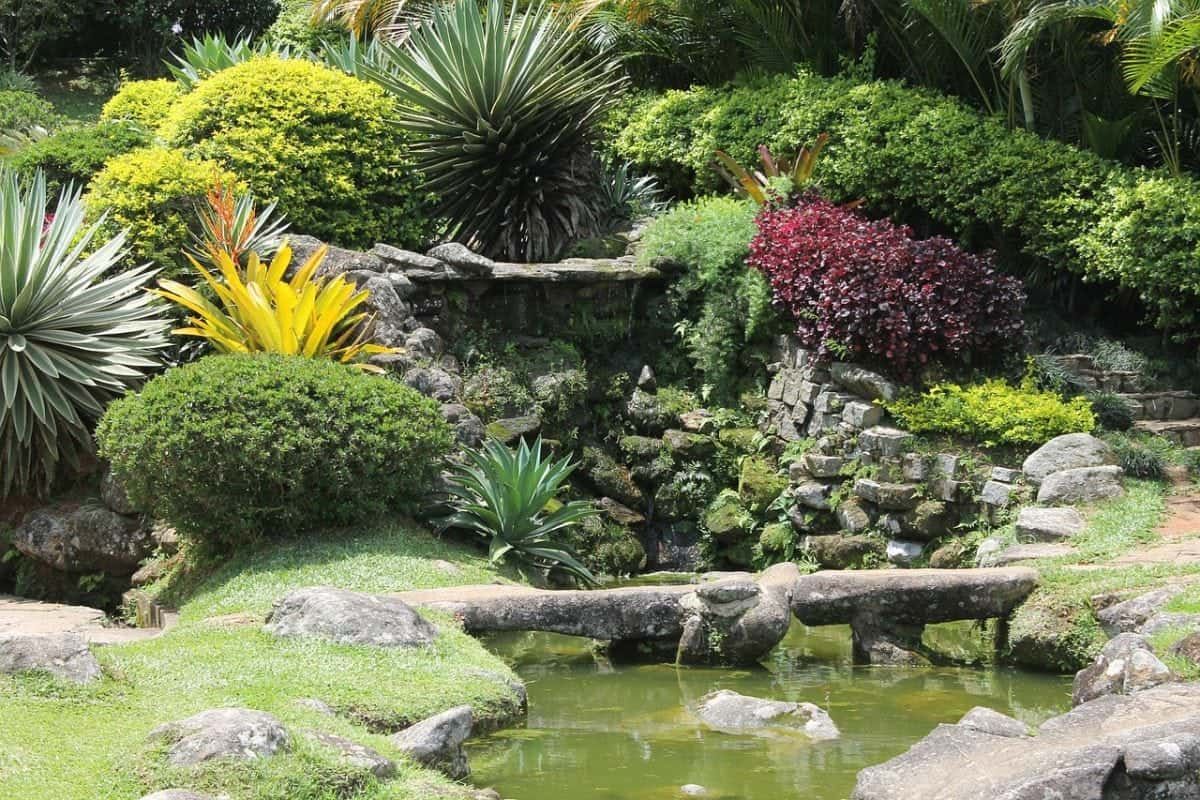
Previously used for agricultural applications, geomats are now becoming more common for industrial, corporate and residential purposes. These mats are known as the future of ground design and layout due to their extended bi-oriented polyethylene construction.
The three-dimensional design of geomats is manufactured with water permeable synthetic materials such as polymer and polypropylene. A mixture of both can also be used for manufacturing the mats. The layers of geomats are adjoined with thermal technology which enhances their life and weather resistance. The MacMat range of Geomats (https://www.maccaferri.com/us/products/geomats-macmat/) are made of a layer that’s 10-20 mm thick, which makes this product extremely versatile.
Geomats are readily used in geotechnics, construction and many other industries for a wide variety of purposes such as vegetation or soil protection. In residential and industrial applications, these are used to fix grass, small plant roots and soil elements.
Geomats can be used for the following purposes:
Geomats serve three primary purposes for soil:
Geomats have a unique design which resembles a three-dimensional honeycomb or yarn structure. It is similar to other kinds of plastic band constructions and geotextiles. The design and application style depends on the type, size, slope and moisture in the land.
Geomats are used for a wide variety of applications such as protecting vegetation/soil from erosion. The design and application style depends on the type, size, slope and moisture found in the land. Learn more about the design and uses of geomats:
Erosion has become a common problem since the industrial era. Irregular water dispensing, thin soil layers, interrupted navigation and poor revegetation are some of the side effects of erosion. It can affect agricultural land and lead to poor vegetation. Geomats were initially introduced to reduce erosion and increase revegetation in eroded lands. Later, it was found that geomats can serve a variety of other purposes. This is why they are not only used in agricultural lands, but also for plantation and vegetation purposes in smaller areas such as industries, offices and homes.
The design and gradient of geomats depends on the size and steepness of the slope along with the quality of land. These are microbiologically and chemically inert. Easy installation and simple handling have made geomats the popular choice for controlling soil erosion and land layering. The erosion control mattress of geomats is made with polyester for reinforced geogrid intergrading or high-density polyethylene to allow for the development of stronger and deeper roots.
Geomats are an eco-friendly solution for preventing soil erosion and ensuring rapid revegetation by creating a surface which is resistant to the erosive effects of water. Compared to unprotected banks, geomats can also reduce soil erosion by over 50%.